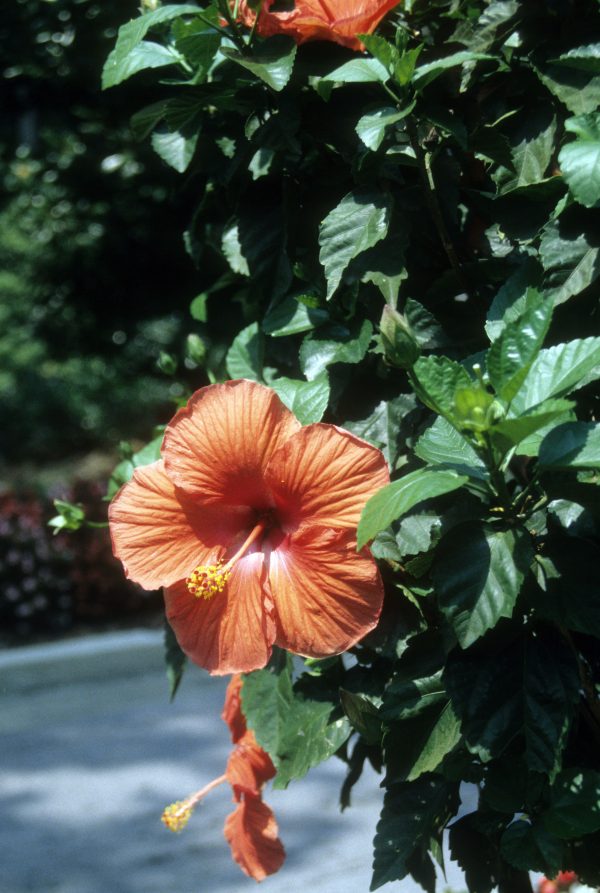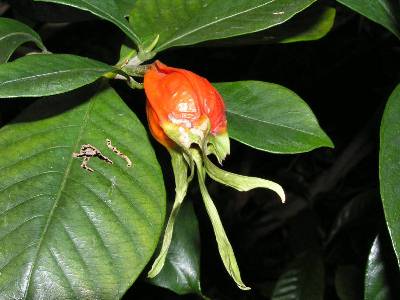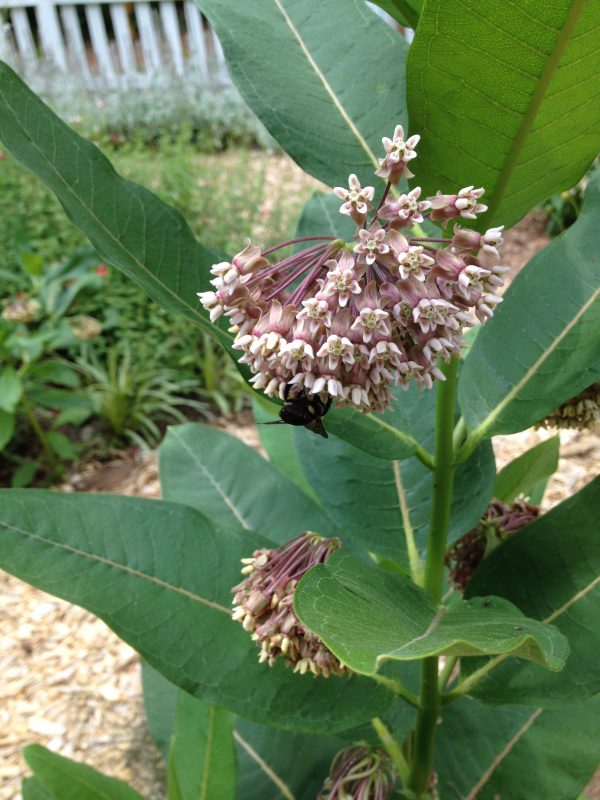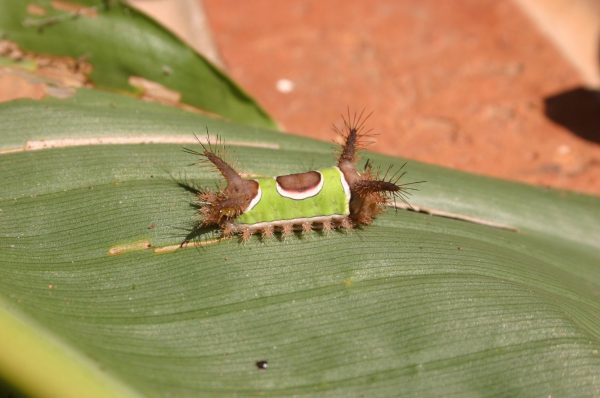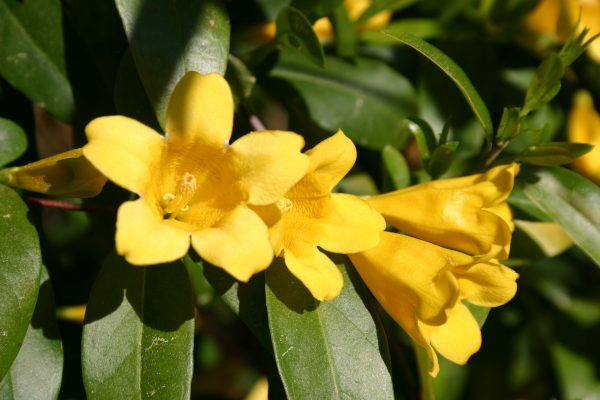Houseplants – Winter Care
HOUSEPLANT CARE FOR WINTER
The long warm autumn came to an abrupt end a few weeks ago. One of the first things I did when the weatherman predicted temperatures below freezing was to inventory the houseplants on our patio and decide which ones would spend winter indoors with the family.
I know folks who leave their car out in the wintry elements so they can move dozens of plants into their garage each fall. I have only a carport and a dimly lit basement so I have few places where they can live through the winter. Window space is at a premium indoors and there are no spots that receive strong light. That helped me make the first decision: the two light-loving kalanchoes would have to perish.
The Boston ferns prospered on our front porch this summer but there is simply no place where they can be hung for the winter. I have seen ferns displayed on a pedestal before a sunny bay window for the winter months and they seemed quite happy. But, lacking a bay window or patio door, the Boston ferns met the same fate as the kalanchoes on the compost pile.
If ever a plant deserved a ribbon for mis-shapen ugliness, our schefflera was a strong candidate last April. We set it on the porch, intending to put it out of its misery eventually. After a week’s delay, I was about to lift and pitch it when I noticed green buds breaking out on the bare backside of the plant. I set it back down and turned the buds to face toward the sunny front yard.
Mirabile visu! Within a month green finery emerged from the trunk and branches and brought the schefflera back to a balanced form. When the time came to decide whether it came inside, the choice was easy: pluck and perseverance won out! It was placed in a prime spot by the lone basement window. It joins the African violets which have never been the same since I let them get too cold last spring, plus the angel’s trumpet branches I rooted several weeks ago. If I can keep them healthy until spring, they can go outdoors again.
PUT ROCKS IN SAUCERS A tip that I have recently learned from Dr. Paul Thomas, my University of Georgia source for houseplant lore, is that water should never be allowed to sit for long in plant saucers. I’m lazy like the next guy, so I had always assumed that leaving water in the saucer allowed the plant to soak up some moisture between waterings. Paul says that leaving water in a saucer for more than an hour results in soil saturation in the bottom third of the pot. Saturated soil means no roots grow there. Since the top third of the soil is usually too dry for roots, only the center of the pot has healthy roots. Without strong roots, a houseplant will never flourish. I have fixed the problem with my plants by filling saucers with smooth pebbles and placing the pots on top. Water now drains completely out of the potting soil but the soil is supported above the water surface, so it doesn’t stay soggy.
USE A “DIGITAL” WATER METER Paul’s plant buddy, Dr. Mel Garber, says that he has very little confidence in the inexpensive electronic water meters offered at garden centers. He points out that these products vary widely in their accuracy. The readings obtained can be influenced by factors other than moisture content of the soil. The soil type and the presence of fertilizer may greatly affect the reading. Thus, a reading obtained in one pot may not mean the same as an identical reading obtained in another pot. Why use an instrument the might be telling lies?
You likely have a very accurate, and completely free, water meter only a few feet away as you read these words. If you wonder if a plant needs water, push a finger an inch into the soil and draw it back out. If your digit is dry, it’s time to water. If it’s damp, find another chore to attend.
PUT PLANTS ON A DIET During the holidays, I long for my mother’s turkey dressing, my sister’s pound cake and my wife’s cheesy broccoli casserole. I can work off the calories with a vigorous weekend wielding of shovel, rake and tree saw. Plants, however, have no way to use the nutrients you feed them during the cold months because they are in such low light levels. Excess fertilizer can accumulate in the pot and burn roots. My personal solution is to mix up a gallon of diluted plant food and give them all a feeding on Christmas Day. That seems to satisfy the plants and it makes me feel special to know that even my plants have something to look forward to during the holidays!
MORE INFORMATION
Indoor Plants http://www.ces.uga.edu/pubcd/b959-w.html
African Violets http://www.ces.uga.edu/pubcd/C660.htm




